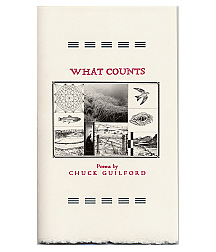This type of argument, as developed by Maxine Hairston, draws upon the communication theories of psychologist, Carl Rogers. Unlike traditional argument, it's not based on an adversarial model and doesn't seek to "win" in the traditional sense, though it might be argued that if the argument is successful, everyone wins.
Carl Rogers's Basic Principles
Unlike traditional argument, it's not based on an adversarial model and doesn't seek to "win"in the traditional sense ...
1. Threat hinders communication. People who feel threatened, tend to shut off communication and stop listening.
2. Strong statements of belief encourage strong opposition from the audience.
3. Threat can be reduced by using neutral, objective language whenever possible.
4. Threat can be reduced by demonstrating an understanding of the reader's point of view.
5. An atmosphere of trust improves the chances for successful communication.
Elements of Rogerian Argument
1. A brief and objectively phrased statement that defines the issue.
2. A complete and neutrally worded analysis of the other side's position. This should demonstrate that you understand their position and their reasons for holding it.
3. A complete and neutrally worded analysis of the position you hold. You should carefully avoid any suggestion that you are more moral or sensitive than your audience.
4. An analysis of what your positions have in common and what goals and values you share.
5. A proposal for resolving the issue in a way that recognizes the interests of both parties.
As Rogers says, "If you really understand another person in this way, if you are willing to enter his private world and see the way life appears to him, without any attempt to make evaluative judgments, you run the risk of being changed yourself."
Adapted from:
Hairston, Maxine. A Contemporary Rhetoric. 3rd ed. Boston: Houghton Mifflin, 1982.
Activity
8.11 Write a short paragraph telling you might apply the Rogerian model to the essay you are working on. Share and discuss your paragraph with a partner or in a small group.




